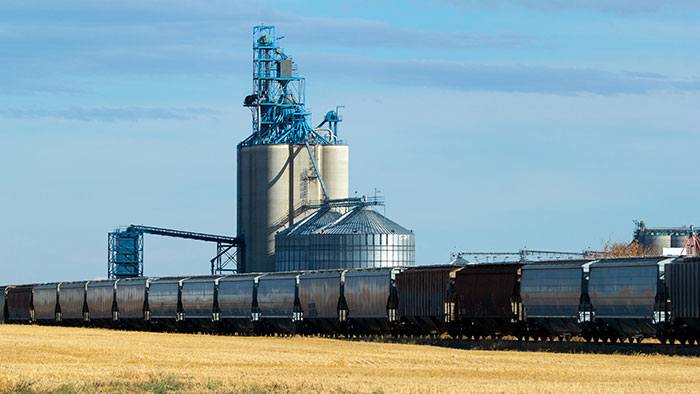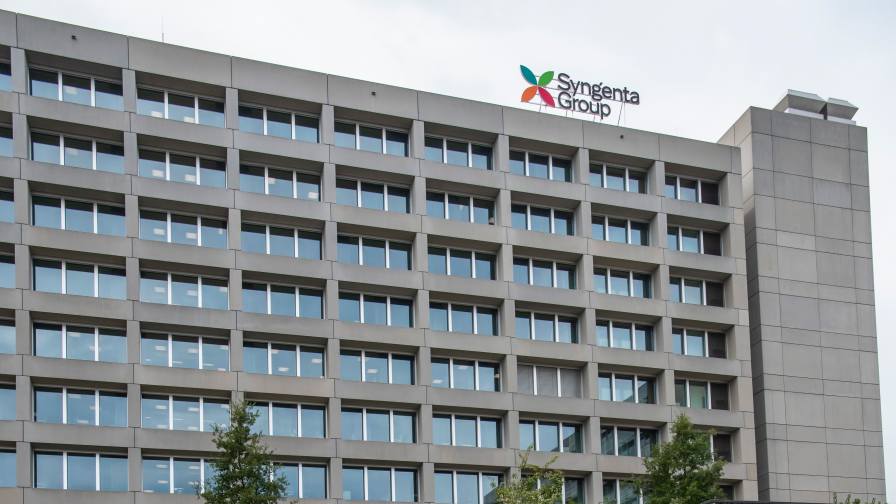New Actives In Focus
New actives are coming to market more slowly than in years past. From 1980 through 2000, the average annual rate of introduction of new actives was more than 12. This decade, the rate slowed to 10 per year, and based on the R&D pipeline, the industry expects new introductions to slow to about 8 per year, according to Phillips McDougall, a research and tracking consultancy.
Herbicides have seen the largest drop-off in recent years, largely due to the widespread adoption of Roundup Ready crops and heavy reliance on glyphosate. Since 1980, more than 140 herbicides have been introduced to the market, an average of about five per year. Currently, there are 13 in some stage of discovery or development.
Insecticide introductions have tapered just a bit in the past decade, and the pipelines for new fungicides appear strong enough to keep new product introductions on pace with recent years.
Discovery and development has stagnated on the chemical side in recent years as major research and development companies increasingly divert exploration dollars to their seeds and traits business.
Expenditures on seeds and traits have been on a steady rise, almost doubling since 2000 after adjusting for inflation. Overall expenditures on R&D have grown at a compounded annual growth rate of 5.4%, according to Phillips McDougall. Most of that growth has been bolstered by investment into biotechnology, which has grown more than 9% annually since 2000. Conversely, traditional agrochemicals have grown at 2.9% since 2000 — essentially flat when adjusted for inflation.
But despite the heightened investment on biotechnology, research companies are still developing new molecules and formulations that will help farmers either as companion chemistries that complement biotech offerings or as stand-alone additions to farmer programs that are under new pressure to manage resistance and residues in soils and crops. Note that not all new products are new actives.
■ BASF
BASF has a rich offering hitting markets in 2010, including its AgCelence plant health products for corn, cereals and tomatoes. The product is registered in some European markets already, and it will hit others in Europe and South Africa next year.
BASF is also integrating its Capalo fungicide formulations technology — a mix of metrafenone, epoxiconazole and fenpropimorph — in France next year. The product is already registered in other parts of Europe.
Brutus, a triazole co-formulation, targets foliar diseases and causes a reduction in fusarium and mycotoxin, according to BASF. The broad-spectrum product is a mix of epoxicanazole and metconazole; it was introduced this year in UK, and it is expected to penetrate France and Germany next year.
The company is also expanding its biological input business with its biofungicide Serenade by mixing it with “a premium BASF fungicide.” It is already available in Turkey, and it is expected to be available in Greece in 2010 and many other European countries in 2012.
■ Bayer CropScience
Bayer is a perennial leader in R&D investment, allocating about US$952 million (for its R&D budget annually, according to the company. That number is almost 19% of the $5.2 billion invested in R&D globally; only Monsanto invests more into R&D, but almost all of its efforts go into development of biotechnology with a small amount going into research of new formulations of Roundup.
Bayer invests into seeds as well, but it is by far the leader in investments into new chemistries, and its chemical pipeline is robust because of it.
The company’s Fluopyram fungicide is a unique succinate dehydrogenase inhibitor (SDI) used on more than 70 crops, and its market value could reach more than $290 million once it reaches other markets in the coming years, according to Bayer.
Another fungicide, Bixafen, is another SDI pyrazole fungicide that is expected to launch in Europe next year. Bixafen was developed for leaf application to combat speckled leaf blotch and rust. As a new active, it is being promoted as a viable component to resistance management, and Bayer is citing a plant health component to it as well. The company estimates a peak sales potential of more than $430 million.
A new herbicidal active is expected to reach turfgrass and ornamental markets in 2011 with agricultural products planned thereafter. Indaziflam is an alkylazine jointly developed by Bayer’s Crop Protection and Environmental Science business units. The active is a non-selective, broad-spectrum product with potential revenues of about $220 million, according to Bayer.
■ Dow AgroSciences
Dow has a number of actives in various stages of development. Its newest actives to hit the market in the US are aminopyralid, penoxsulam, pyroxsulam and spinetoram, and they are expected to reach other markets in the coming years.
Dow has a new herbicide still in development as well as a sap-feeding insecticide. It also has various “novel delivery systems” in various stages of development. Still in the discovery stage, Dow has at least three herbicides, two insecticides and three fungicides that show promise to reaching future stages of development.
■ DuPont Crop Protection
DuPont has a lot of its R&D investment centralized in its trait business, especially its Optimum GAT technology. It is the only major R&D company besides Monsanto that is investing more of its discovery budget in traits and seeds versus new chemistries. But unlike Monsanto, it hasn’t abandoned new actives altogether.
DuPont recently added Rynaxypyr and Cyazypyr to its insecticide lineup, which combined are in 40 countries with additional country registrations expected in 2010.
The company anticipates the launch of four new herbicides for vegetation management in 2011: Perspective, Plainview, Streamline and Viewpoint herbicides — all based on the new active aminocyclopyrachlor — will allow land managers to control hazardous and invasive weeds that threaten public safety, according to DuPont.
The company recently introduced PrecisionPac herbicides in Canada. PrecisionPac offers retailers the ability to combine as many as six products to meet specific herbicide needs and create packages that fit a farmer’s sprayer tank or field size.
DuPont is also developing a new fungicide that will provide broad-spectrum disease control and help protect quality for a wide range of crops. Launch is expected in the 2011-2012 timeframe.
Since 2004, the company has also launched seven new products in nine countries for pest control and turfgrass markets.
■ Syngenta Crop Protection
Syngenta invests more into new chemistries than any company except Bayer, and subsequently, Syngenta has an array of products in the pipeline for the next couple years.
The company’s products closest to the market are isopyrazam, a cereal fungicide, and Invinsa (methylcyclopropene), a stress-tolerance/plant health product that will be a collaboration with AgroFresh. Also in the late development stages but a little further down the pike are sedaxane, a fungicide for seed treatments, and bicyclopyrone, a herbicide for corn and sugarcane. The company’s cyantraniliprole insecticide is in early development. These five new products, slated for launch by 2012, subject to regulatory approval, have the potential to generate $1.5 billion in sales, according to Syngenta.
The company also has new actives in the pipeline beyond 2012, including one named fungicide and one unnamed fungicide. It also has a new insecticide, a new herbicide and some plant health products in the works.






